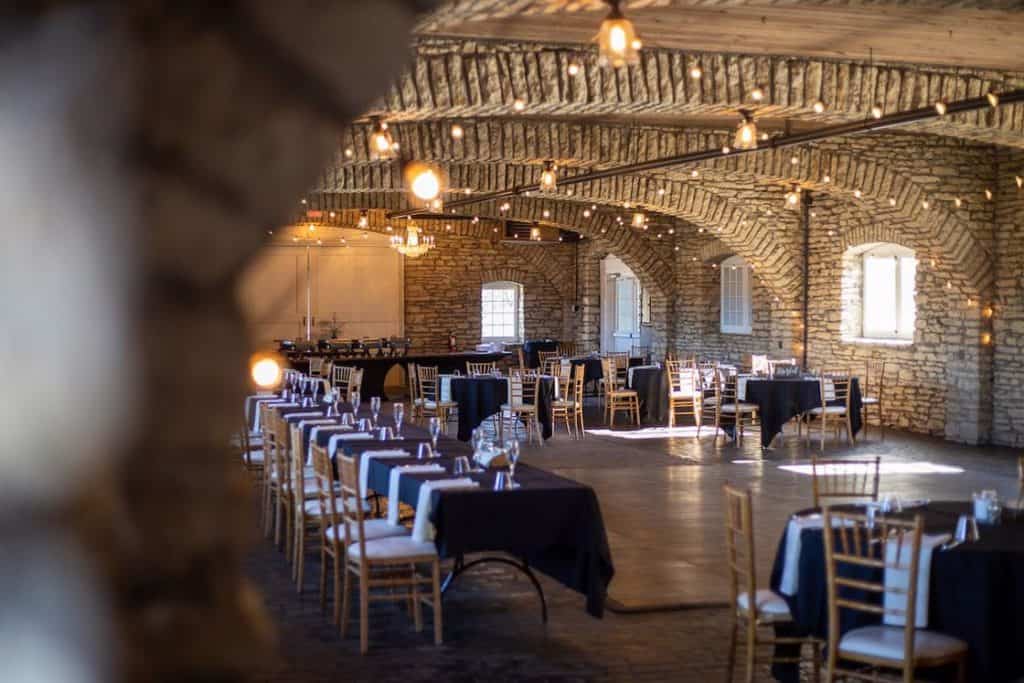Professional Tactics for Ensuring Peak Performance of Light Emitting Diode Video Screens During Live Events
Wiki Article
LED display screens are becoming increasingly common for live performances, such as musical events, conferences, and athletic games. These massive screens provide lively images that can enhance the spectators' enjoyment. However, to ensure optimal functionality during these events, it is crucial to implement particular strategies. This piece will explore five key strategies that can help preserve the quality and dependability of LED display walls during real-time performances.
Firstly and foremost, correct installation is vital for the performance of Light Emitting Diode display walls. The installation should be done by trained experts who understand the technological requirements of the gear. This includes making sure that the display wall is safely mounted and that all links are properly made. Additionally, the site of the display wall should be thoughtfully chosen to prevent direct light, which can cause glare and affect sight. A thought-out installation will help avoid technical problems and ensure that the display wall functions seamlessly throughout the event.
An additional important tactic is to conduct comprehensive testing before the performance begins. This involves operating the video screen through various situations to verify for any possible problems. Technicians should check the brightness, hue precision, and resolution of the screen. It is also essential to verify the audio-visual alignment, especially for performances that feature video presentation. By identifying and addressing any problems in advance, performance organizers can prevent interruptions during the real-time performance and ensure a seamless encounter for the audience.

In furthermore to installation and testing, having a backup plan is crucial for the success of LED display walls. Technological failures can occur unexpectedly, so it is important to be prepared. Performance organizers should have spare gear on hand, such as spare Light Emitting Diode panels and wires. Furthermore, having a qualified technician available find more info during the performance can help promptly resolve any problems that may arise. This preventive method can reduce interruptions and keep the performance running seamlessly, ensuring that the audience stays engaged.
Another tactic to consider is the use of suitable content for the Light Emitting Diode video screen. The visuals shown should be high-quality and relevant to the performance. This means using graphics and footage that are specifically designed for massive displays. Material should be tested to ensure it appears good on the video screen and is simple to read from a far. Captivating visuals can enhance the total experience and maintain the audience's attention on the performance.
Finally, routine maintenance of the Light Emitting Diode display wall is essential for long-term performance. After each event, technicians should inspect the equipment for any signs of wear or deterioration. Wiping the screens and checking links can help prevent future issues. Additionally, maintaining programs and updates up to date ensures that the video wall operates efficiently. By prioritizing maintenance, event organizers can extend the lifespan of their LED video screens and guarantee they are always prepared for the upcoming real-time performance.
In summary, guaranteeing best functionality of LED video walls during live performances requires meticulous preparation and implementation. By concentrating on proper installation, comprehensive checks, having a contingency plan, using appropriate content, and routine upkeep, performance planners can create a successful and engaging experience for their spectators. These tactics not only improve the visual impact of the event but also contribute to its total effectiveness.